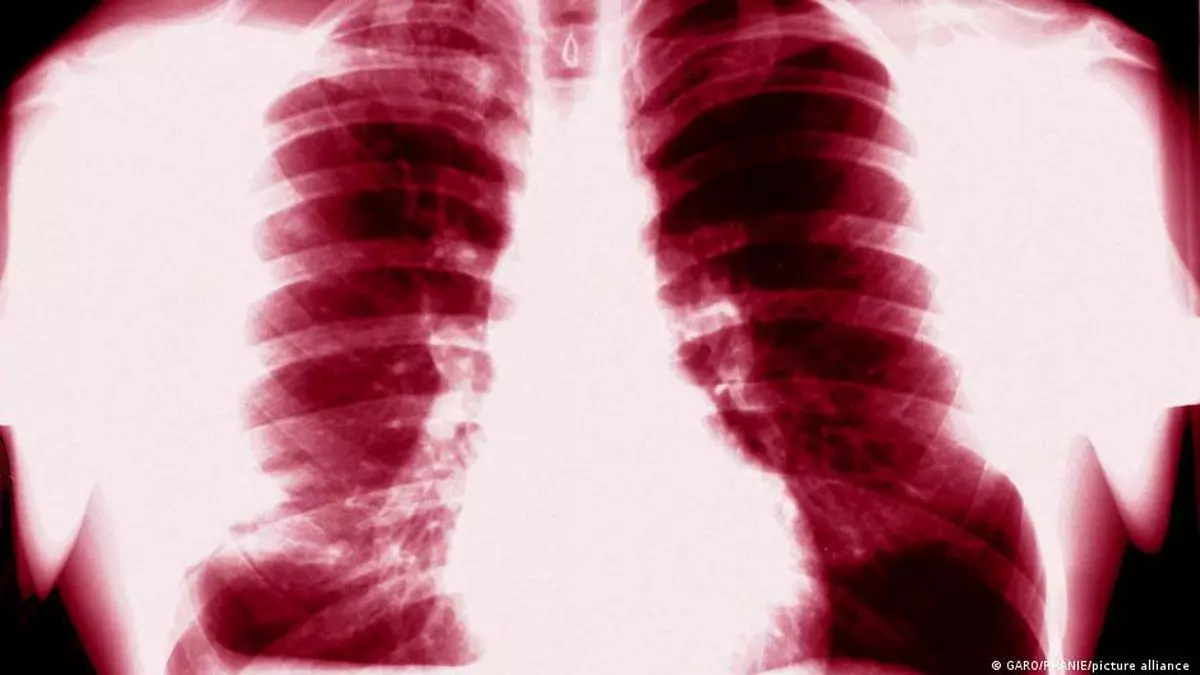The Growing Global Threat of Tuberculosis in 2022
Key Highlights :

The COVID-19 pandemic has had a devastating impact on the world, but it is not the only global killer that will be a threat in 2022. Tuberculosis (TB) is a contagious lung disease that is estimated to have caused 1.3 million deaths in 2022, making it the second leading cause of death from a single infectious agent, after COVID-19. The highest rates of TB were seen in South Asia, where an estimated 10.6 million people developed the disease in 2022, with 7.5 million of those being newly diagnosed.
TB is caused by the bacteria Mycobacterium tuberculosis, which is spread through the air when an infected person coughs openly and another person comes into contact with the droplets produced by the cough. It is estimated that a quarter of all people in the world are infected by the bacteria, but only 5 per cent of people who are infected go on to develop the disease in the two years after their original infection with the bacteria. An infection often breaks out when a person’s immune system is weakened for some other reason, such as malnutrition, HIV, diabetes, alcohol abuse, or smoking.
Data suggests that more men than women are affected by TB, and eight countries in Africa, South Asia, and Southeast Asia recorded more than two-thirds of all the new TB cases worldwide in 2022: India, Indonesia, China, the Philippines, Pakistan, Nigeria, Bangladesh, and the Democratic Republic of Congo. India recorded 27 per cent of the world’s TB cases in 2022, and the country had reduced the incidence of TB by 16 per cent and had seen 18 per cent fewer TB deaths since 2015.
If a person has an active infection but does not receive treatment, their risk of death is high. With proper treatment, 85 per cent of people recover from the TB, so early diagnosis is key to reducing deaths. There is also a vaccine against TB, known as BCG (bacille Calmette-Guerin), which is usually given to children and has been used for about a century. It is mostly effective for children under the age of five, but less so in older people and even less effective in people with pre-existing medical conditions, such as HIV/AIDS or diabetes.
In spite of the pandemic and low financial resources, many TB health care providers continued to diagnose and treat those 7.5 million first-time cases in 2022. Other preventative drugs, such as the antibiotic rifampicin, have also been implemented more successfully, and this is taken once a week. New vaccines are in development, but they have yet to be implemented at the community level.
The WHO recommends that people who have contact with TB patients should also take medicines to prevent their own infection. But “adherence to this preventive care was very low,” said the WHO, “as people had to take it for a very prolonged period”—the drug has to be taken daily for 6-9 months.
TB is a serious global health threat that will continue to be a major cause of death in 2022 and beyond. It is essential that governments and health care providers continue to prioritize diagnosis and treatment of TB, as well as the development of new vaccines and preventative drugs. Early diagnosis and treatment are key to reducing the number of deaths from TB, and it is essential that people have access to the resources they need to stay healthy.
